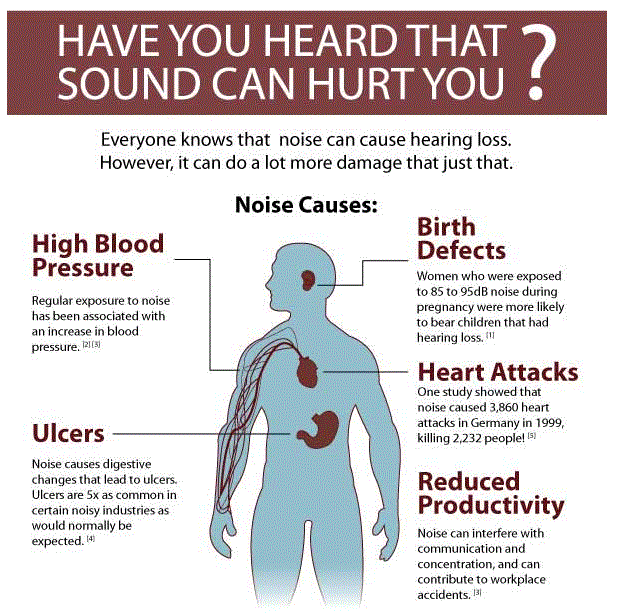What is Noise Abatement and Who Cares Anyway
Not sure what noise abatement is? Perhaps this has happened to you...
-You're enjoying movies in your new home theater only to be frustrated because the sound is still not quite clear even though you bought the best speakers on the market.
-Your neighbor's dog is keeping you up at night because its barking is so loud you think the canine is in your own backyard.
-You meet your friends out at your favorite restaurant and you struggle to hear the conversation because of all the noise around you.
If you can relate, it's probably obvious to you when sound is annoying or distracting. But did you know that sound's negative effects can be more than just a nuisance or distraction? It can also make you sick. Recent studies show that sound greatly impacts both our health and our productivity.
Today's open office setting is a perfect example of this. The noise from coworkers and these surroundings has been found to not only reduce our focus and concentration, but it can increase stress levels that can then lead to illness.
In fact, chronic exposure to noise at 50 decibels and higher — the sound level you would easily find in many of today's office spaces and classrooms — increases your risk of cardiovascular disease significantly.
So What Can You Do About It?
Enter sound control. Noise abatement is the reduction of noise volume and the enhancement of the quality of sound in a space. It's the best solution for controlling the nuisance noises as well as making our living spaces healthier and happier places to be.
Noise abatement is best achieved by adjusting the acoustic qualities of a room using acoustical products. Below are the two main types of noise abatement and the benefits and ideal uses for each:
| Soundproofing | Sound Absorption | |
| Benefits | Stop noise from going into or out of room |
Control echo, reduce reverberation Make the acoustics of a space sound better |
| Materials |
Rubber, Vinyl, Metal Heavy, bulky materials that add mass to walls |
eco-C-tex (Audimute's Acoustic Sound Panels) Fiberglass; Mineral Wool; Polyurethane Foam |
| Placement |
Best built into wall, ceiling floor structure Can also be applied or hung on outer surfaces as well |
Outer surfaces of walls Must be exposed in order to work |
| Best in Situations |
Music Studios, Home Theaters, Practice/Recording Spaces Pet Noise Sound Sensitive People Doors, Windows and Walls |
Home theaters, Restaurants, Practice Spaces, Large open spaces Churches, Gymnasiums, Open Offices Medical Offices |
| Common name | Soundproofing, Sound Barrier, Sound Isolation Materials |
Acoustic Panels, Sound Panels Acoustic Sound Panels, Soundproof Panels |
| Ratings |
STC (Sound Transmission Class)-the higher the STC the better |
NRC (Noise Reduction Coefficient) The higher the NRC the better NRC rating ranges between 0.0 - 1.0 |
There may be occasions where the best solution is both solutions. If you need to reduce echo and reverberation and reduce sound transfer, combining both soundproofing and sound absorption materials will best achieve this. For helpful acoustic treatment tips, read through our Improving Acoustics: The 4 Step Checklist article to help you achieve your desired acoustic environment.
Done right, proper acoustics in a room will not only make being in that room more pleasant, but you'll actually feel more comfortable and happier. Not only that, you'll be doing something good for your health and long-term well-being.
For more articles about noise reduction and acoustic improvement, check out our Sound Control Resource Center to ensure that your acoustic treatment is successful.


